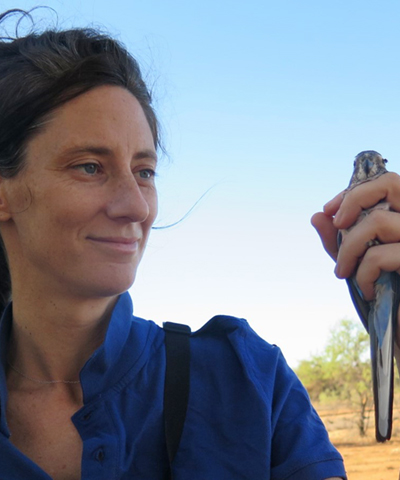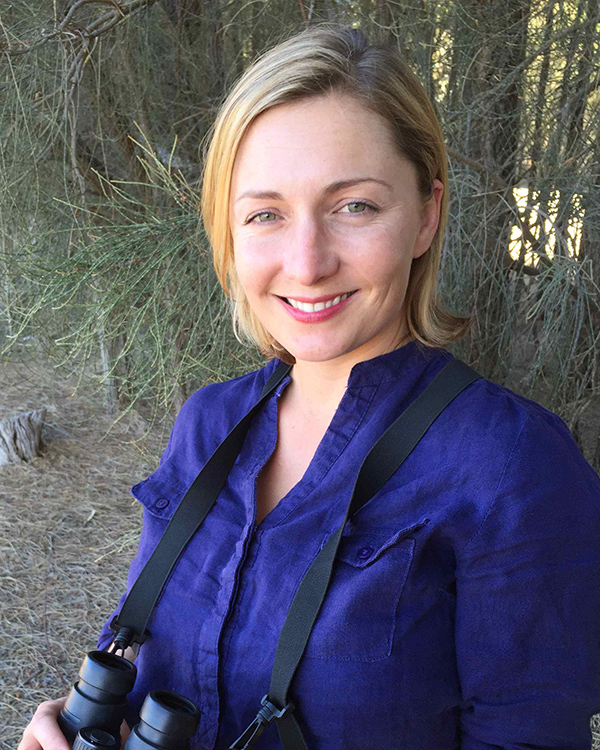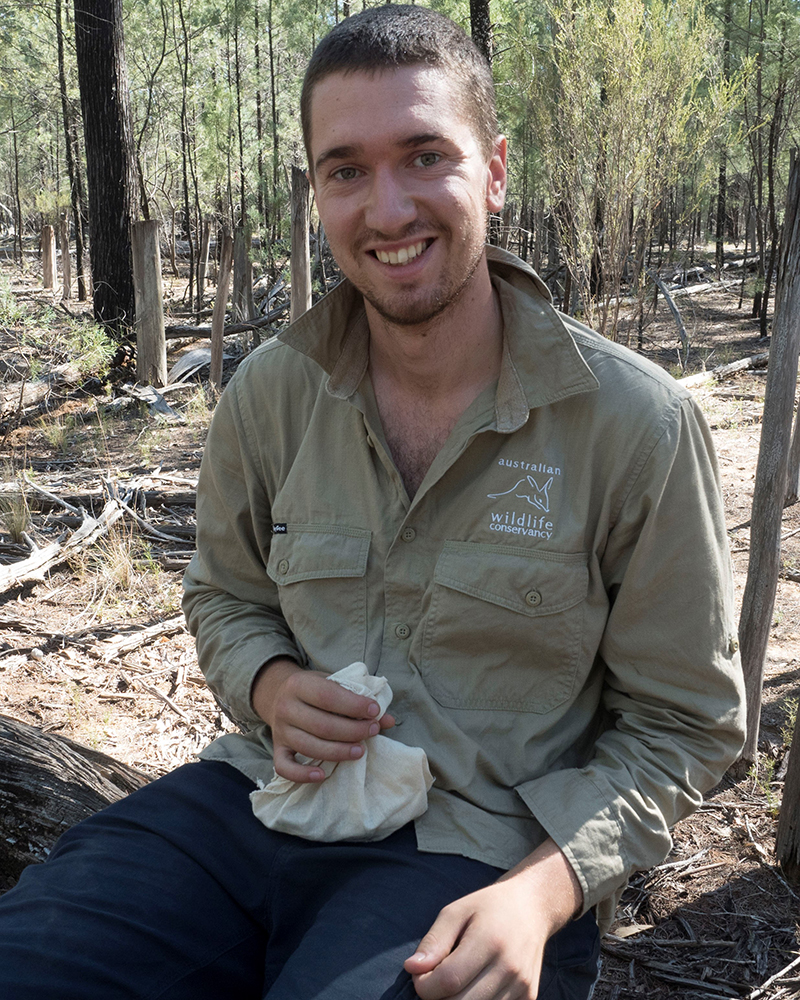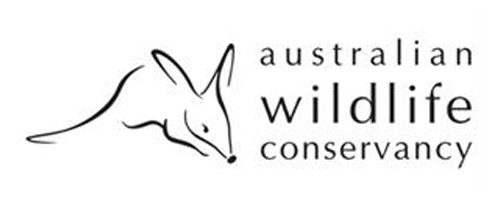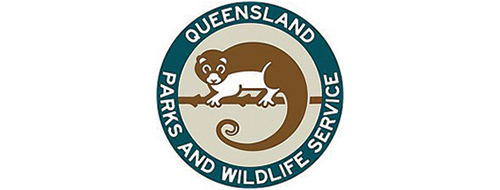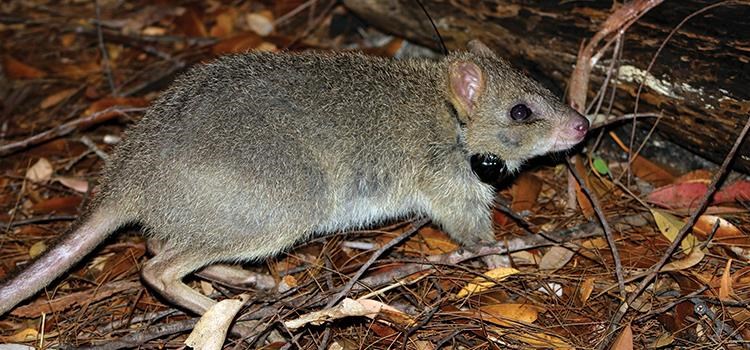
Project: 1.3.3
Fire, predators and the endangered northern bettong
Project Leaders: Diana Fisher , Jane McDonald
Data from this project will guide management actions by the recovery team and QPWS for conservation of northern bettongs.

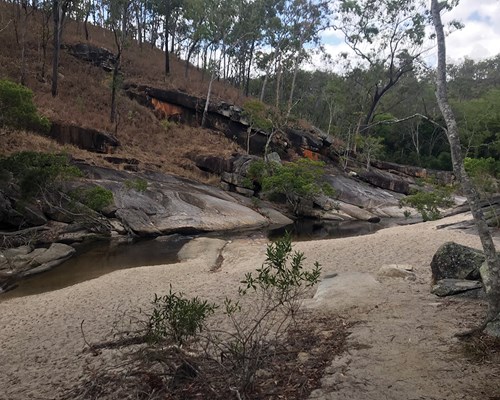
Dry sclerophyll forest and creeks towards the western side of the Lamb Range, near Cairns. Photos: Chris Pocknee
Why is the research needed?
The northern bettong has only a very small habitat in two locations in Queensland’s wet tropics, and its numbers are very low. Most of the surviving bettongs live on QPWS-managed land.
The research is necessary due to a lack of certainty about the threats to northern bettongs, and will fill gaps in understanding about the role of fire and predation by cats. Scientific evidence to support fire management is based on a single experimental fire in 1995, and cats are not actively managed in the Lamb Range, the larger of the two bettong habitats.
Land managers need evidence-based advice on the best ways to manage fire and cats in order to support the persistence and recovery of the northern bettong.

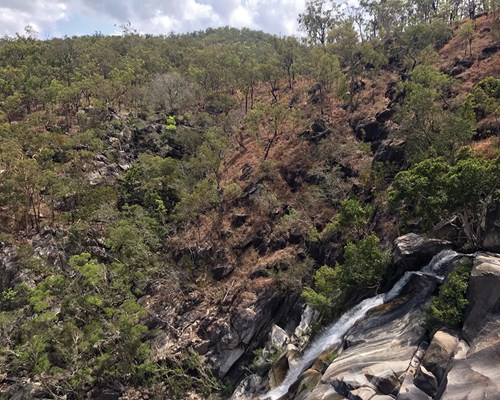
Dry sclerophyll forest and creeks towards the western side of the Lamb Range, near Cairns. Photos: Chris Pocknee
How will the research help?
Manipulative fire experiments will show how different fire regimes affect movements and habitat use on a landscape scale, including how fire affects nesting and foraging of northern bettongs. Experiments will clarify how alternative burning regimes affect survival of young, and food abundance, especially truffles. These are underground fungi, which form most of the specialist diet of this species.
The fire experiment will directly test recommendations from the recently completed Queensland Government-led “Guidelines for fire management in northern bettong habitat”. This will enable the project team to provide evidence to support its recommendations or to propose alternative recommendations.
QPWS, as the key implementer, will be able to rapidly disseminate information and specialist knowledge to land managers responsible for the greater part of the Northern Bettong habitat. The other key partners, such as the Australian Wildlife Conservancy, are also landholders of bettong habitat. This means that the benefits delivered by the project will not be restricted to the Lamb Range or a single tenure.
The level of cat predation on northern bettongs and how it is influenced by alternative fire regimes is little understood at present. Fire experiments will determine whether fires affect where cats hunt and how successfully. This will be determined with camera trapping and analysis of gut content pre-and post-fire.
What research activities are being undertaken?
The project will experimentally test prospective fire regimes in the Lamb Range in northern Queensland.
Project activities include:
- Replicated early dry season versus late dry season fire treatments at a scale based on previous studies of bettong home range and habitat use. This will provide evidence on the importance of burn patchiness, scale, intensity, and the level of cover remaining post-burn necessary for northern bettongs.
- Camera traps pre- and post-fire to test whether cats are attracted to these fire scars and to determine the best locations to set cat traps. Cats will be trapped and euthunased to assess their diet pre- and post-fire diets.
The project builds on existing work by the northern bettong research group and partners over the past three years. It also links directly with current research in project 1.3 ‘Decision-support for managing interactions between fire, predators and herbivores for the persistence of threatened mammals in fire-prone landscapes’ at the University of Melbourne and UNSW.
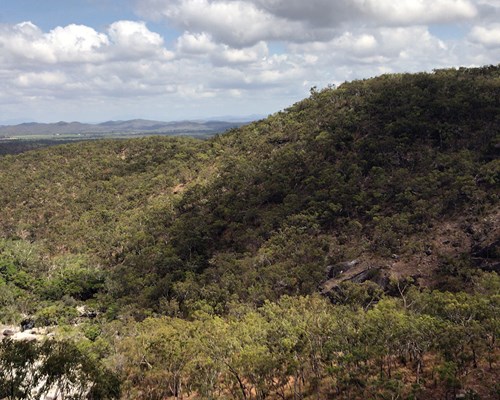
Dry sclerophyll forest and creeks towards the western side of the Lamb Range, near Cairns. Photos: Chris Pocknee
Who is involved?
The research is being led by The University of Queensland, working closely with the Queensland Parks and Wildlife Service. It was developed in consultation with the Northern Bettong Recovery Group, which includes members from Queensland Parks and Wildlife Service, the Wet Tropics Management Authority, WWF Australia, the Australian Wildlife Conservancy, Bush Heritage and Terrain NRM.
Where is the research happening?
The research will take place in northern Queensland, predominantly in Davies Creek National Park, which covers part of the Lamb Range, in the wet tropics west of Cairns.
When is the research happening?
The project will run for three years from 2018 to 2021.
Further information
For more information please contact:
Diana Fisher - d.fisher@uq.edu.au
Top image: A northern bettong wearing a GPS collar. Photo: AWC/QPWS


